10242-11-2
| Name | 5-Bromo-1-benzofuran-2-carboxylic acid |
|---|---|
| Synonyms |
5-Bromo-1-benzofuran-2-carboxylic acid
2-Benzofurancarboxylic acid, 5-bromo- 5-Bromobenzofuran-2-carboxylic acid |
| Density | 1.8±0.1 g/cm3 |
|---|---|
| Boiling Point | 370.9±22.0 °C at 760 mmHg |
| Melting Point | 257ºC |
| Molecular Formula | C9H5BrO3 |
| Molecular Weight | 241.038 |
| Flash Point | 178.1±22.3 °C |
| Exact Mass | 239.942200 |
| PSA | 50.44000 |
| LogP | 3.18 |
| Vapour Pressure | 0.0±0.9 mmHg at 25°C |
| Index of Refraction | 1.680 |
| Storage condition | 2-8°C |
Synonym: Section 2 - COMPOSITION, INFORMATION ON INGREDIENTS
Risk Phrases: 22 36/37/38 Section 3 - HAZARDS IDENTIFICATION EMERGENCY OVERVIEW
Harmful if swallowed. Irritating to eyes, respiratory system and skin. Potential Health Effects Eye: Causes eye irritation. Skin: Causes skin irritation. Ingestion: Harmful if swallowed. May cause irritation of the digestive tract. Inhalation: Causes respiratory tract irritation. Chronic: Not available. Section 4 - FIRST AID MEASURES Eyes: Flush eyes with plenty of water for at least 15 minutes, occasionally lifting the upper and lower eyelids. Get medical aid. Skin: Get medical aid. Flush skin with plenty of water for at least 15 minutes while removing contaminated clothing and shoes. Ingestion: Get medical aid. Wash mouth out with water. Inhalation: Remove from exposure and move to fresh air immediately. If not breathing, give artificial respiration. If breathing is difficult, give oxygen. Get medical aid. Notes to Physician: Section 5 - FIRE FIGHTING MEASURES General Information: As in any fire, wear a self-contained breathing apparatus in pressure-demand, MSHA/NIOSH (approved or equivalent), and full protective gear. Extinguishing Media: Use water spray, dry chemical, carbon dioxide, or chemical foam. Section 6 - ACCIDENTAL RELEASE MEASURES General Information: Use proper personal protective equipment as indicated in Section 8. Spills/Leaks: Vacuum or sweep up material and place into a suitable disposal container. Section 7 - HANDLING and STORAGE Handling: Avoid breathing dust, vapor, mist, or gas. Avoid contact with skin and eyes. Storage: Store in a cool, dry place. Store in a tightly closed container. Section 8 - EXPOSURE CONTROLS, PERSONAL PROTECTION Engineering Controls: Use adequate ventilation to keep airborne concentrations low. Exposure Limits CAS# 10242-11-2: Personal Protective Equipment Eyes: Not available. Skin: Wear appropriate protective gloves to prevent skin exposure. Clothing: Wear appropriate protective clothing to prevent skin exposure. Respirators: Follow the OSHA respirator regulations found in 29 CFR 1910.134 or European Standard EN 149. Use a NIOSH/MSHA or European Standard EN 149 approved respirator if exposure limits are exceeded or if irritation or other symptoms are experienced. Section 9 - PHYSICAL AND CHEMICAL PROPERTIES Physical State: Solid Color: White Odor: Not available. pH: Not available. Vapor Pressure: Not available. Viscosity: Not available. Boiling Point: Not available. Freezing/Melting Point: 253 deg C Autoignition Temperature: Not available. Flash Point: Not available. Explosion Limits, lower: Not available. Explosion Limits, upper: Not available. Decomposition Temperature: Solubility in water: Specific Gravity/Density: Molecular Formula: C9H5BrO3 Molecular Weight: 241.04 Section 10 - STABILITY AND REACTIVITY Chemical Stability: Stable under normal temperatures and pressures. Conditions to Avoid: Incompatible materials. Incompatibilities with Other Materials: Strong oxidizing agents, strong bases, amines, reducing agents. Hazardous Decomposition Products: Carbon monoxide, carbon dioxide, hydrogen bromide, bromine. Hazardous Polymerization: Has not been reported Section 11 - TOXICOLOGICAL INFORMATION RTECS#: CAS# 10242-11-2 unlisted. LD50/LC50: Not available. Carcinogenicity: 5-Bromobenzo[b]furan-2-carboxylic acid - Not listed by ACGIH, IARC, or NTP. Section 12 - ECOLOGICAL INFORMATION Section 13 - DISPOSAL CONSIDERATIONS Dispose of in a manner consistent with federal, state, and local regulations. Section 14 - TRANSPORT INFORMATION IATA Not regulated as a hazardous material. IMO Not regulated as a hazardous material. RID/ADR Not regulated as a hazardous material. Section 15 - REGULATORY INFORMATION European/International Regulations European Labeling in Accordance with EC Directives Hazard Symbols: XN Risk Phrases: R 22 Harmful if swallowed. R 36/37/38 Irritating to eyes, respiratory system and skin. Safety Phrases: S 22 Do not breathe dust. S 26 In case of contact with eyes, rinse immediately with plenty of water and seek medical advice. S 36/37/39 Wear suitable protective clothing, gloves and eye/face protection. WGK (Water Danger/Protection) CAS# 10242-11-2: No information available. Canada None of the chemicals in this product are listed on the DSL/NDSL list. CAS# 10242-11-2 is not listed on Canada's Ingredient Disclosure List. US FEDERAL TSCA CAS# 10242-11-2 is not listed on the TSCA inventory. It is for research and development use only. SECTION 16 - ADDITIONAL INFORMATION N/A |
|
~10% 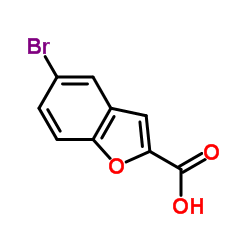
10242-11-2 |
| Literature: US5990142 A1, ; |
|
~27% 
10242-11-2 |
| Literature: US2005/192288 A1, ; Page/Page column 6 ; |
|
~79% 
10242-11-2 |
| Literature: Antimicrobial Agents and Chemotherapy, , vol. 42, # 10 p. 2495 - 2502 |
|
~% 
10242-11-2 |
| Literature: Justus Liebigs Annalen der Chemie, , vol. 312, p. 332 |
|
~% 
10242-11-2 |
| Literature: Journal of the Chemical Society, , vol. 24, p. 43 Zeitschrift fuer Chemie, , p. 178 |
|
~% 
10242-11-2 |
| Literature: Journal of the Chemical Society, , vol. 24, p. 43 Zeitschrift fuer Chemie, , p. 178 |
|
~% 
10242-11-2 |
| Literature: Bulletin of the Chemical Society of Japan, , vol. 32, p. 514 |
| Precursor 10 | |
|---|---|
| DownStream 10 | |
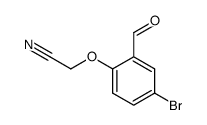
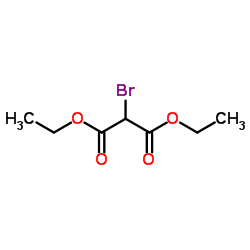
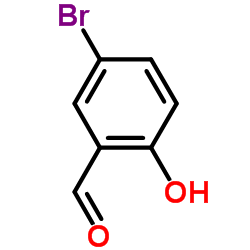

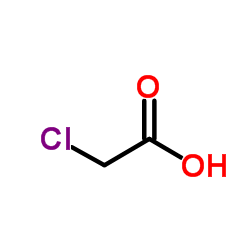

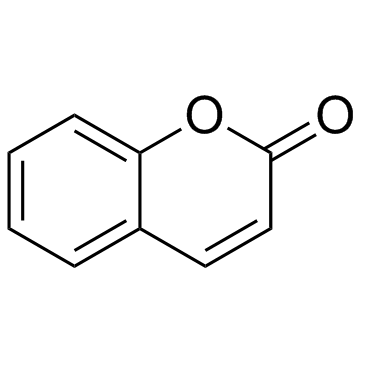
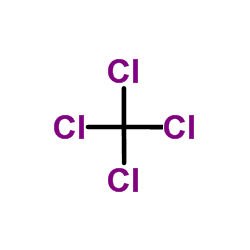

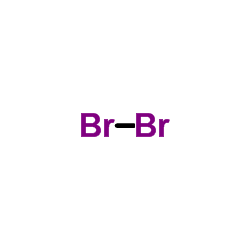
![(5-AMINOBENZO[D]ISOXAZOL-3-YL)CARBAMICACIDTERT-BUTYLESTER structure](https://image.chemsrc.com/caspic/141/38220-77-8.png)
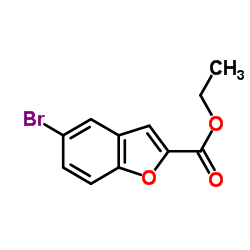
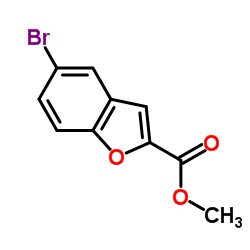
![2-[5-[(1E,3E)-4-[2-(4,5-dihydro-1H-imidazol-2-yl)-1-benzofuran-5-yl]buta-1,3-dienyl]-1-benzofuran-2-yl]-4,5-dihydro-1H-imidazole structure](https://image.chemsrc.com/caspic/231/73819-38-2.png)
![2-[4-[(1E,3E)-4-[5-(4,5-dihydro-1H-imidazol-2-yl)-1-benzofuran-2-yl]buta-1,3-dienyl]phenyl]-4,5-dihydro-1H-imidazole structure](https://image.chemsrc.com/caspic/414/73819-60-0.png)

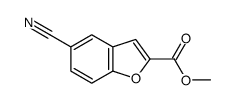
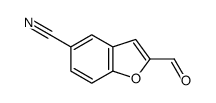
![2-[2-[(1Z,3E)-4-[5-(4,5-dihydro-1H-imidazol-2-yl)-1-benzofuran-2-yl]buta-1,3-dienyl]-1-benzofuran-5-yl]-4,5-dihydro-1H-imidazole,hydrochloride structure](https://image.chemsrc.com/caspic/274/84223-83-6.png)
![2-[(1Z,3Z)-4-(4-carbamimidoylphenyl)buta-1,3-dienyl]-1-benzofuran-5-carboximidamide,hydrochloride structure](https://image.chemsrc.com/caspic/132/84224-02-2.png)